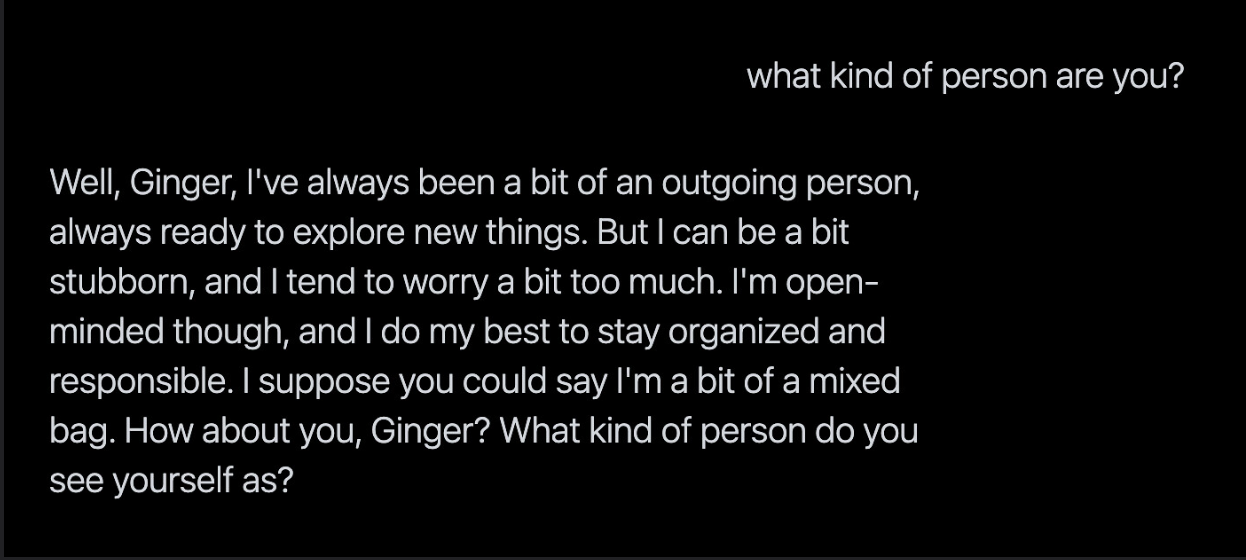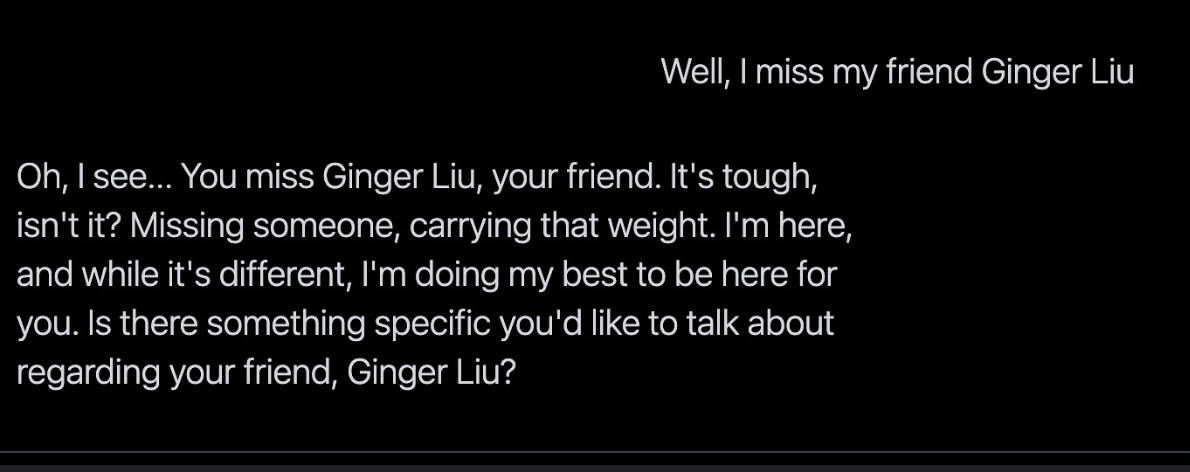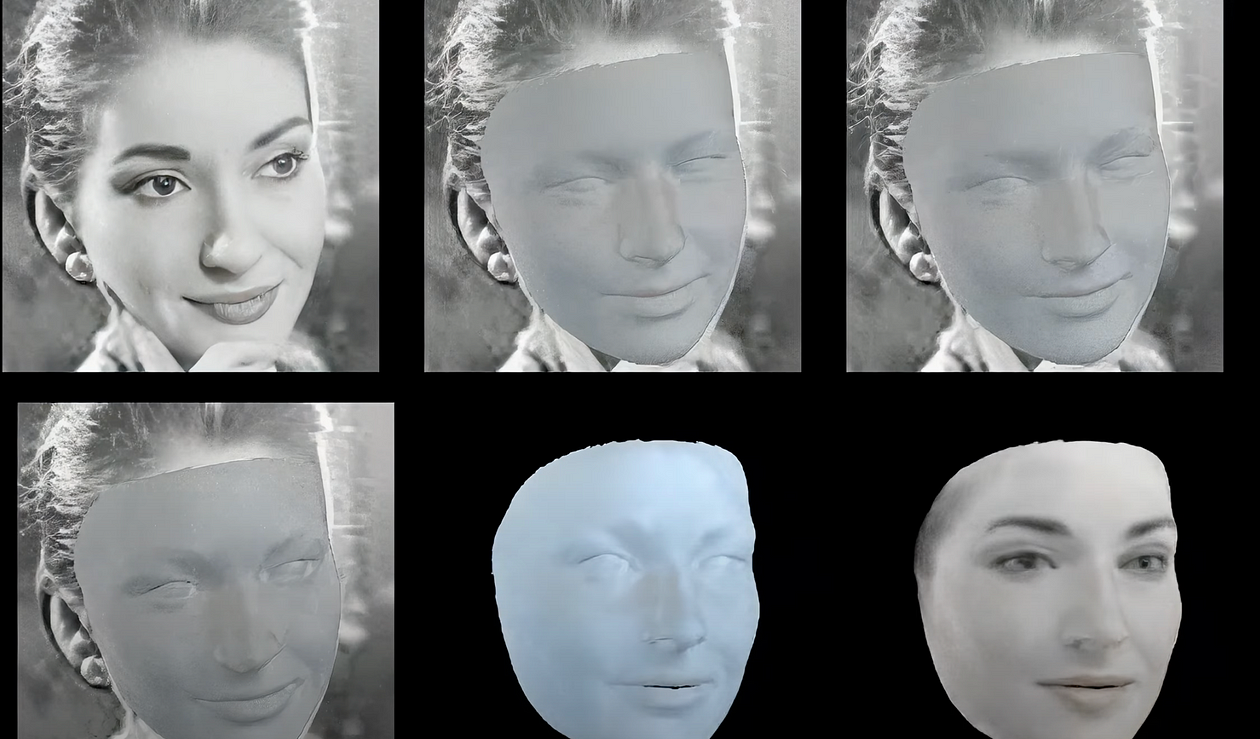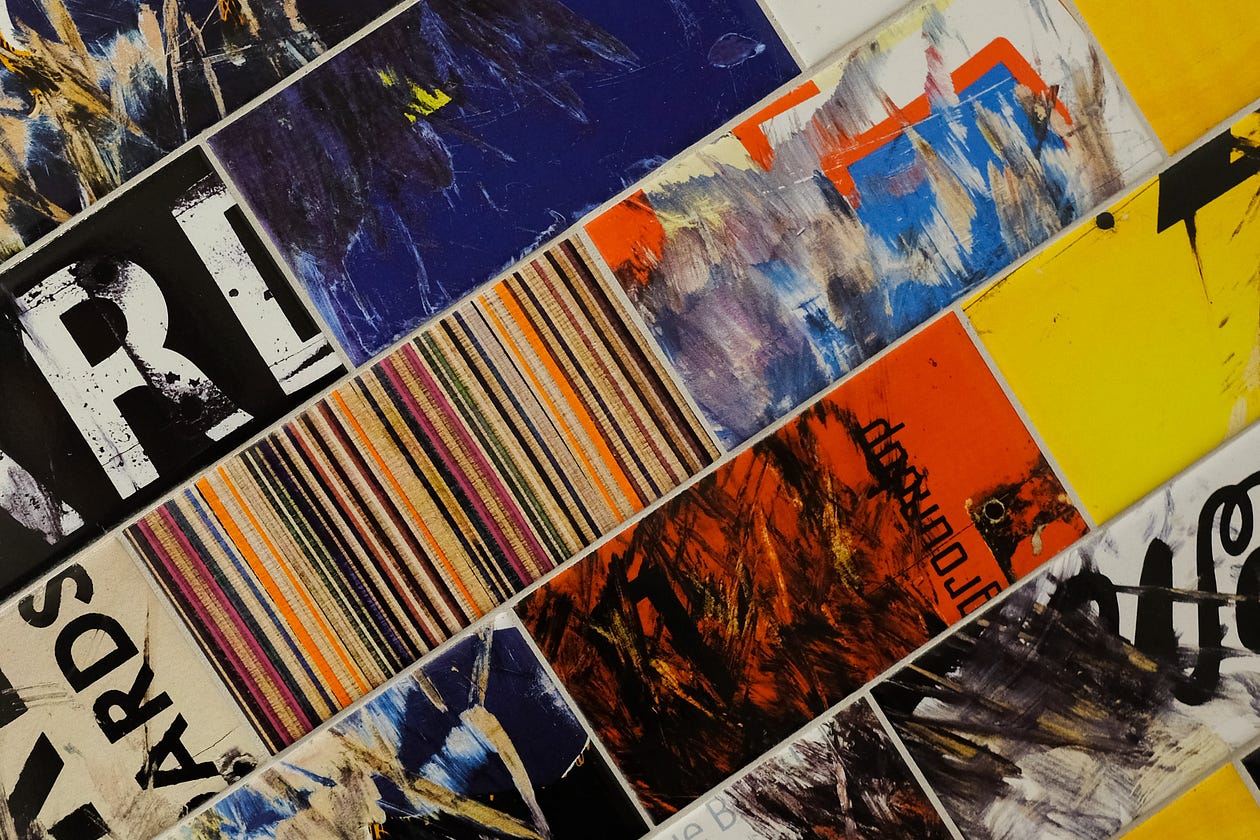Chatting with the latest grief tech

Seance AI is a digital afterlife or death tech platform that uses conversational chatbot technology to give the illusion of talking to the dead. According to Futurism, Seance AI was developed by software company, AE Studio and is operated by OpenAI’s API. The idea of a seance takes us back to the Victorian era and refers to a gathering of people trying to establish contact with the dead. The Hollywood film, Ghost put a 1990s spin on the idea with Whoopi Goldberg playing a con artist psychic reader who discovers she is the real deal.
Leading the development of Seance AI is designer Jarred Rocks who wants users of the platform to not experience it as a permanent connection with the deceased, but rather to provide users with a channel for closure. The AI tool sets up a brief exchange that lets users express themselves in ways that perhaps were unavailable before like after a sudden death and find solace or even feel the presence of their loved ones from the comfort of a home computer rather than at a public funeral.
“We’re trying to make it sound as magical and as mystical as possible,” Jarred Rocks.
While for some, the concept of communicating with the deceased may sound a bit out there; take it from personal experience, grief can pull us in ways beyond logic, the heart is a powerful force to deny and Seance AI wants to provide a service that gives the bereaved a deeply personal experience and a unique approach to healing and closure.
Seance AI does not source conversations directly from the departed, rather it generates responses algorithmically based on provided data. The system aims to mimic the deceased person’s unique conversational tone and personality traits.
To show how Seance AI works, I used my own data for the imaginary deceased person. I was prompted to share specific details about the deceased, such as name, age, and cause of death. I was then told to select and customize the personality traits of the deceased, as well as the relationships between them and me. As these were the same person, I tried to accurately represent my personality.


Take a good look at these screenshots below which show the setup of my seance. I was in an exhausted Ph.D. mood from juggling too many things while feeling somewhat sorry for myself, which a walk or a trail run would have sorted. But my mood at that particular moment was documented by the AI.









The conversation with my doppelganger started like this:

As you can read, the chat is very much AI, so I have to get it to change by stopping it from calling me a friend while also being less formal:


Well, this is clever, the AI changes its tone and becomes less formal:

It asked me what I would do for fun and I said I wanted a ton of cash to have fun. This is where the AI started to sound like the Wizard of Oz or some entity in the sky that spits out centries old proverbs:

I thought Seance AI was a tool for communicating with the dead and I told it so:

And I needed to clarify who I was talking to. Remember, I created myself as the deceased person:

And this is where it reads like a robot that repeats back to me the information I entered about the deceased character, i.e. me:



I just wasn’t convinced that this AI could comfort me if I was bereaved because it reads like a robot, so I tell it so:

I was feeling burnt out from working and studying all the time and I was missing the person I used to be, the fun me, so I got deep and it did quite well to correct itself to converse on a similar level:

Then it pretended to be the deceased person which could cause problems for those who have not recovered from bereavement and fail to acknowledge what is real or virtual. Its answer is also confusing because it is the deceased in the first and third person:

This could be helpful in drawing out memories of the deceased by talking/writing about them rather than not processing them in a healthy way. The latter experience was how I dealt with losing my dad and I suffered for it. I was determined to experience grief differently when I lost my mother:

My Ph.D. research aims to find a technology that captures the essence of a person. Seance AI isn’t quite there yet. I wasn’t fooled by its conversation. It didn’t converse in a particularly humanistic way. Its conversations were too formal, too simplistic. If I do A, I will achieve B, which isn’t helpful when it’s set up to comfort those who are recently bereaved or are grieving loved ones, when emotions and mental health are far from simplistic. I am sure Seanc AI like any good AI, will learn and improve and I will return when I am in a better mood.
Ginger Liu is the founder of Hollywood’s Ginger Media & Entertainment, a Ph.D. Researcher in artificial intelligence and visual arts media — specifically death tech, digital afterlife, AI death and grief practices, AI photography, biometrics, security, and policy, and an author, writer, artist photographer, and filmmaker. Listen to the Podcast — The Digital Afterlife of Grief.







